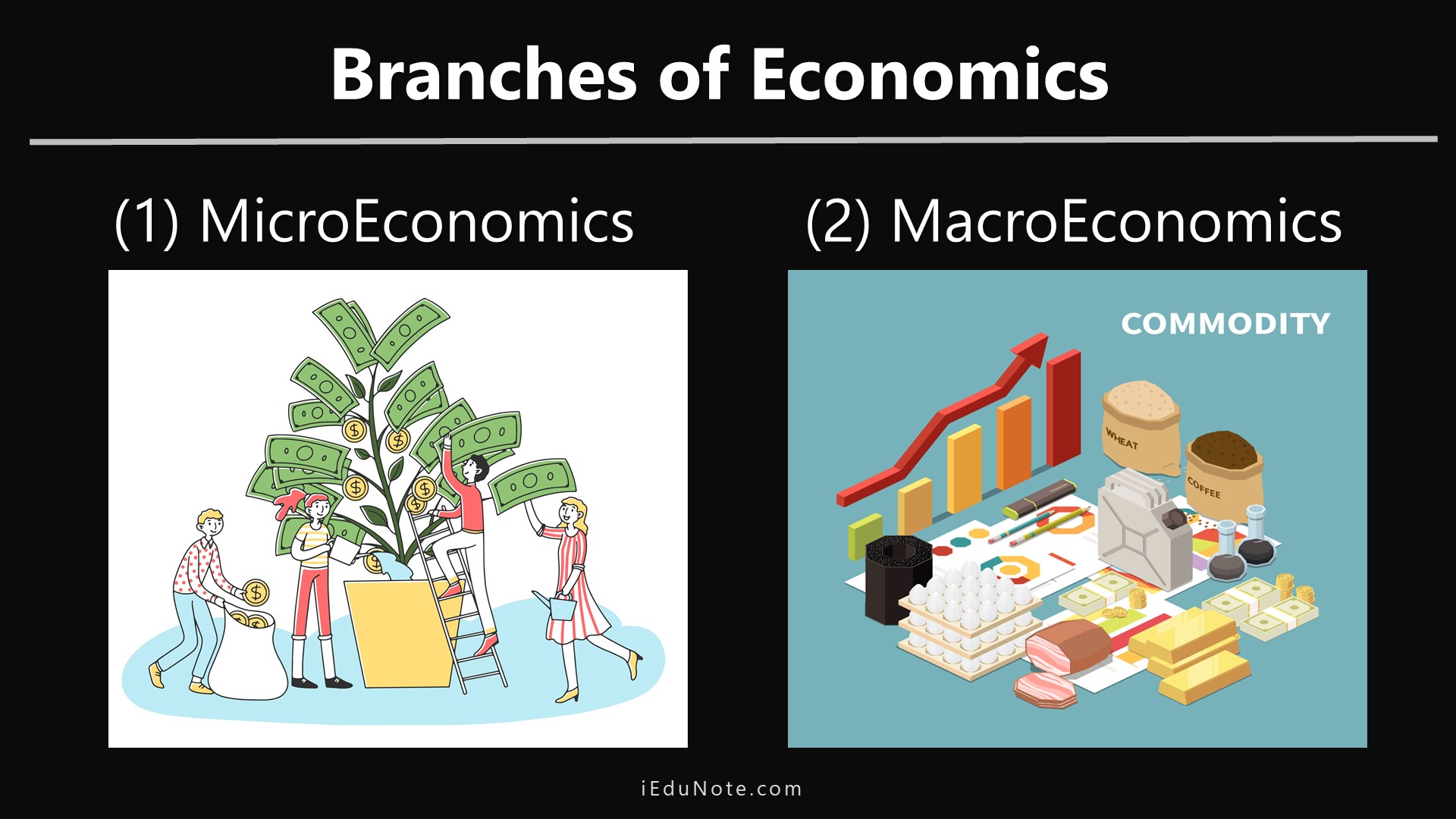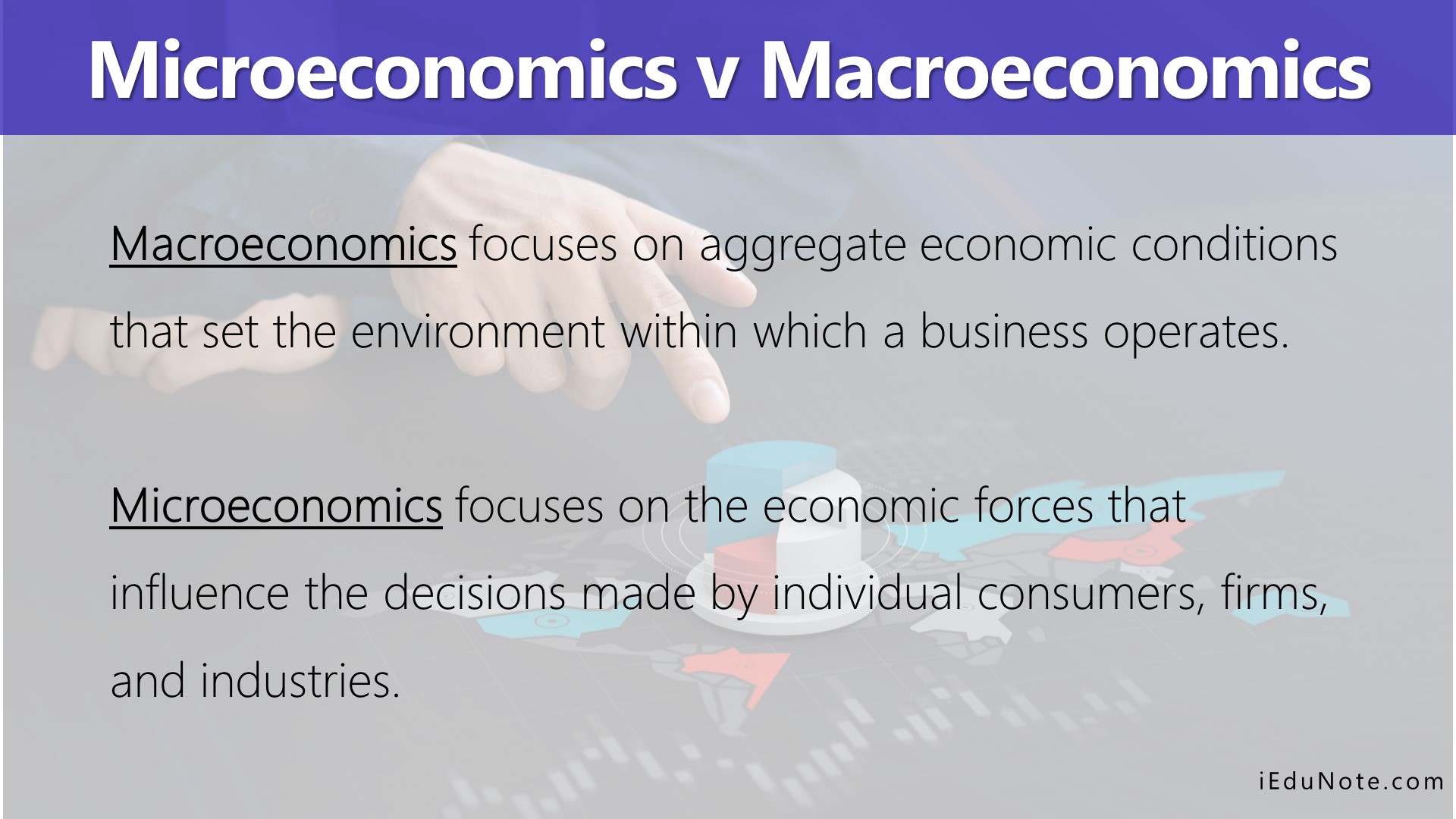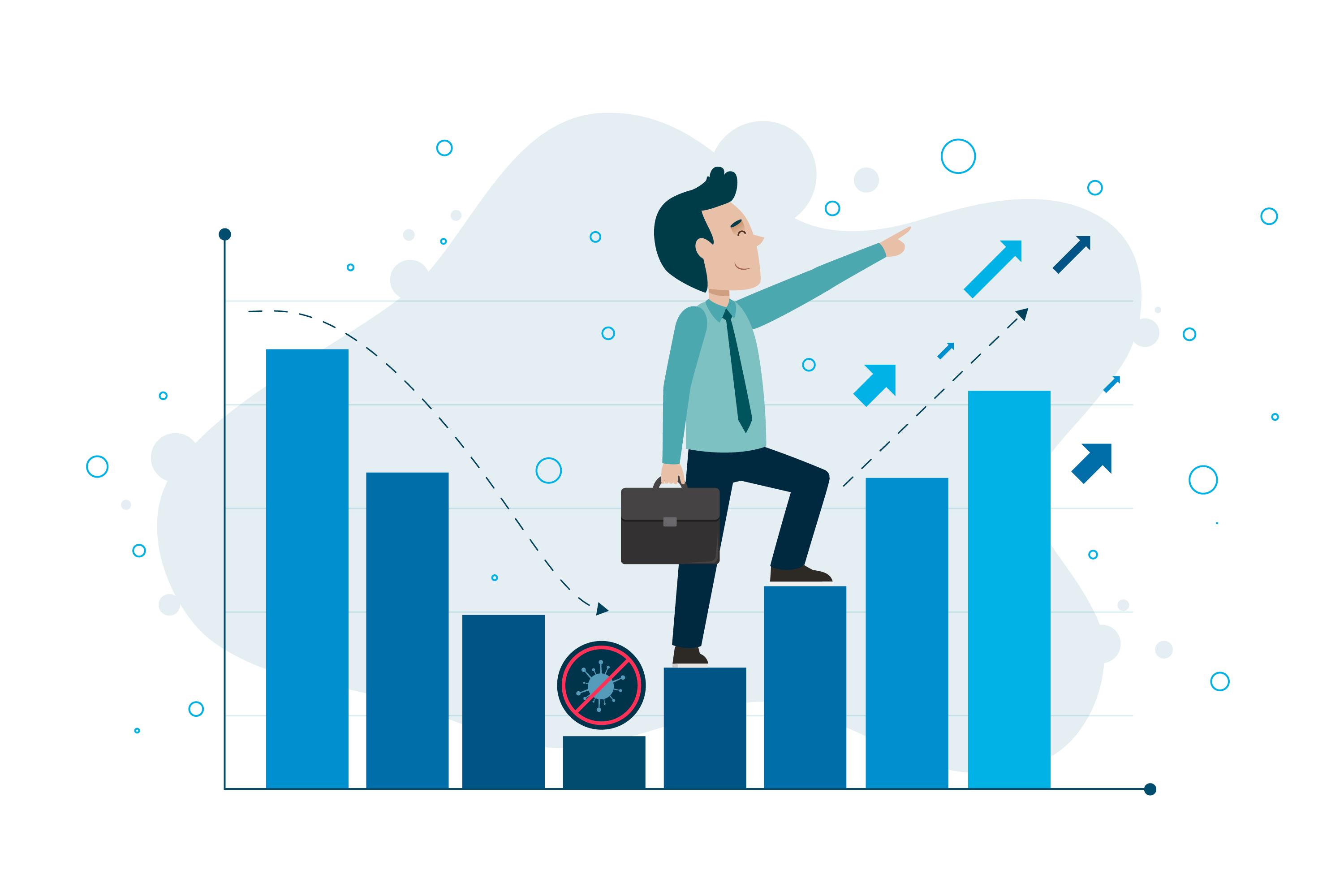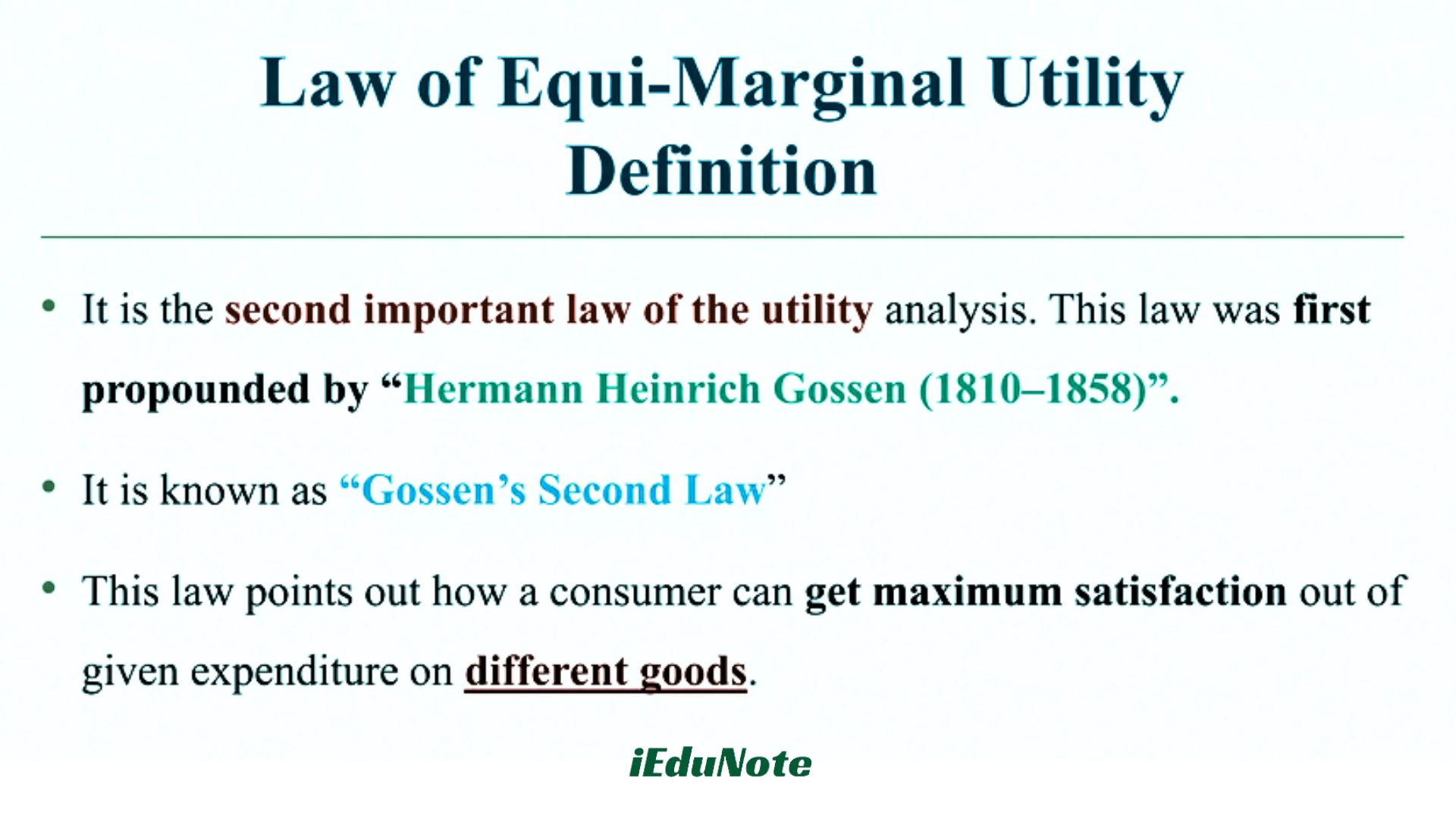Microeconomics is a branch of economics that studies how individuals, households, and firms allocate limited resources, typically in markets where goods or services are bought and sold.
The microeconomic theory seeks to explain whether the scarcity and allocation of resources so determined are efficient. Microeconomics is also concerned with individual prices, wages, price of factors, etc. The microeconomic theory or price theory thus is the study of individual parts of the economy.
Microeconomics: Definition, Meaning, Theories, Assumptions
Definition of Microeconomics
Microeconomics studies the product, labor, and capital markets, focusing on the behavior of individuals, households, and firms, and other organizations that make up the economy. It is the study of production and prices in specific markets.
Meaning of Microeconomics
Before the Keynesian revolution, the body of economics mainly consisted of microeconomics, classical economics, and neoclassical economics, which belonged to the domain of microeconomics.
Microeconomics is concerned with the individual parts of the economy. It is concerned with the demand and supply of particular goods and services and resources: cars, butter; clothes and haircuts; electricians, secretaries, blast furnaces, computers, and coal.
The most basic economic forces a firm has to address shape the supply and demand for the goods or services it produces. Even as businesses worldwide are undergoing massive management changes, it is increasingly recognized that changing market conditions provoke these responses.
The crux of microeconomic influences on business decision-making is the answer to the two-part question: How much should the firm produce, and how much should it charge for this output?
Microeconomics Answers the Basic Problems of An Economy
Every society has its own way of deciding how to allocate its scarce resources. Some resort to a highly centralized organization.
For example, during the Cold War, governmental bureaucracies heavily controlled the allocation of resources in the economies of Eastern Europe and the Soviet Union. Other countries, such as North America or Western Europe, have historically relied on a decentralized market system to allocate resources.
Regardless of its market system, every society must answer these three questions:
- What goods and services will be produced, and in what quantities?
- Who will produce the goods and services, and how?
- Who will receive the goods and services?
The microeconomic analysis attempts to answer these questions by studying the behavior of individual economic units.
Microeconomics helps us understand the pieces that collectively make up a model of an entire economy by answering questions about how consumers and producers behave. The microeconomic analysis also provides the foundation for examining the government’s role in the economy and the effects of government actions.
Microeconomic tools are commonly used to address some of the most important issues in contemporary society. These include (but are not limited to) pollution, rent controls, minimum wage laws, import tariffs, quotas, taxes and subsidies, food stamps, government housing, educational assistance programs, government health care programs, workplace safety, and regulation of private firms.

Microeconomics and Macroeconomics Differences – Microeconomics v Macroeconomics
Macroeconomics focuses on aggregate economic conditions that set the environment within which a business operates. Microeconomics focuses on the economic forces that influence the decisions made by individual consumers, firms, and industries.

Microeconomics deals with the behavioral patterns of the smallest economic agents, which make their decisions independently.
It shows how the allocation of resources, production of commodities, price determination, etc., are affected by the consumers, producers, and other economic agents’ independent decisions. Microeconomics analyzes the decision-making process of different economic agents under different behavioral assumptions.
For example, it deals with the utility-maximizing behavior, profit-maximizing behavior of a competitive firm, revenue-maximizing behavior of an oligopolist, etc.
A few examples of microeconomic topics are consumers, households, production firms, markets for products, and inputs. Microeconomics discusses the behavior of the smallest independent decision units, but it also discusses the interactions emerging among different economic agents.
Macroeconomics deals with aggregate variables facing an economy. Gross national product (GNP), aggregate employment level, the general price level, the economy’s growth rate, etc., are few examples of macroeconomic topics. The macroeconomic topics are quite distinct from the microeconomic topics.
For example, Macroeconomics shows how the equilibrium levels of income and consumption of the economy are determined, whereas Microeconomics determines the utility-maximizing levels of a consumer’s commodities.
Microeconomics discusses the determination of relative prices of the commodities and services, and Macroeconomics discusses the determination of the general price level in the economy.
The assumptions of the two branches of Economics are, of course, different. Microeconomics assumes the prices of other commodities and services to remain fixed when it explains the price of one commodity.
On the other hand, macroeconomics assumes that the relative prices have already been determined when it explains the determination of the general price level.
In some cases, the boundaries of Microeconomics and Macroeconomics are overlapping. For example, one topic of Microeconomics is general equilibrium analysis, which shows the simultaneous equilibrium of all consumers and production firms.
On the other hand, Macroeconomics analyzes the determinants and functioning of the bond market, labor market, etc., separately.
Finally, we should note that Macroeconomic variables’ values are not equal to sums of microeconomic variables.
The study of Macroeconomics will not be necessary and interesting if macroeconomic variables can be created by adding microeconomic variables.
It can, however, be asserted that the two types of variables are quite distinct. Consider, for example, the case of transfer payments to a person who wins a lottery award of four hundred dollars.
There is no doubt that the person’s income has increased, but national income has not increased due to the increment in personal income. In other words, national income does not reflect the increment in personal income in this case.
Theories in Microeconomics
- Theory of Consumer Demand.
- Theory of Production Input Value.
- Production Theory.
- Theory of Opportunity Cost.
Assumptions in Microeconomic Theory
There are two key assumptions used in the economic theory of firms you should review before looking at pricing and output decision-making in the four types of markets:
- The firm’s primary objective is the short-run maximization of profit. However, tHigh short-run profits may induce the entry of new competitors to cause a more competitive market for the firms later in the planning period. However, this may not be the case for oligopoly, where time horizons typically extend beyond the short run.
- The opportunity cost of producing a particular good or service is included in the cost of doing business—economics costs.
In analyzing a firm’s pursuit of short-run profit, the economic theory of the firm posits that its
managers must address three basic questions:
- Should our company be in this business? That is, should it be selling this particular product at all?
- If so, how much should we produce? And,
- if we are able to set the price, what price should we charge?
Those firms operating in perfectly competitive markets cannot set their own price. Therefore, this question does not apply to them.
Conclusion
Microeconomics studies the behavior of individual decision-makers, firms, and households, whereas macroeconomics studies aggregate concepts, inflation, unemployment, interest rates, exchange rates, etc.
Economists addressing the microeconomic analyze the functioning of individual markets and industries and the behavior of individual decision-making units.

